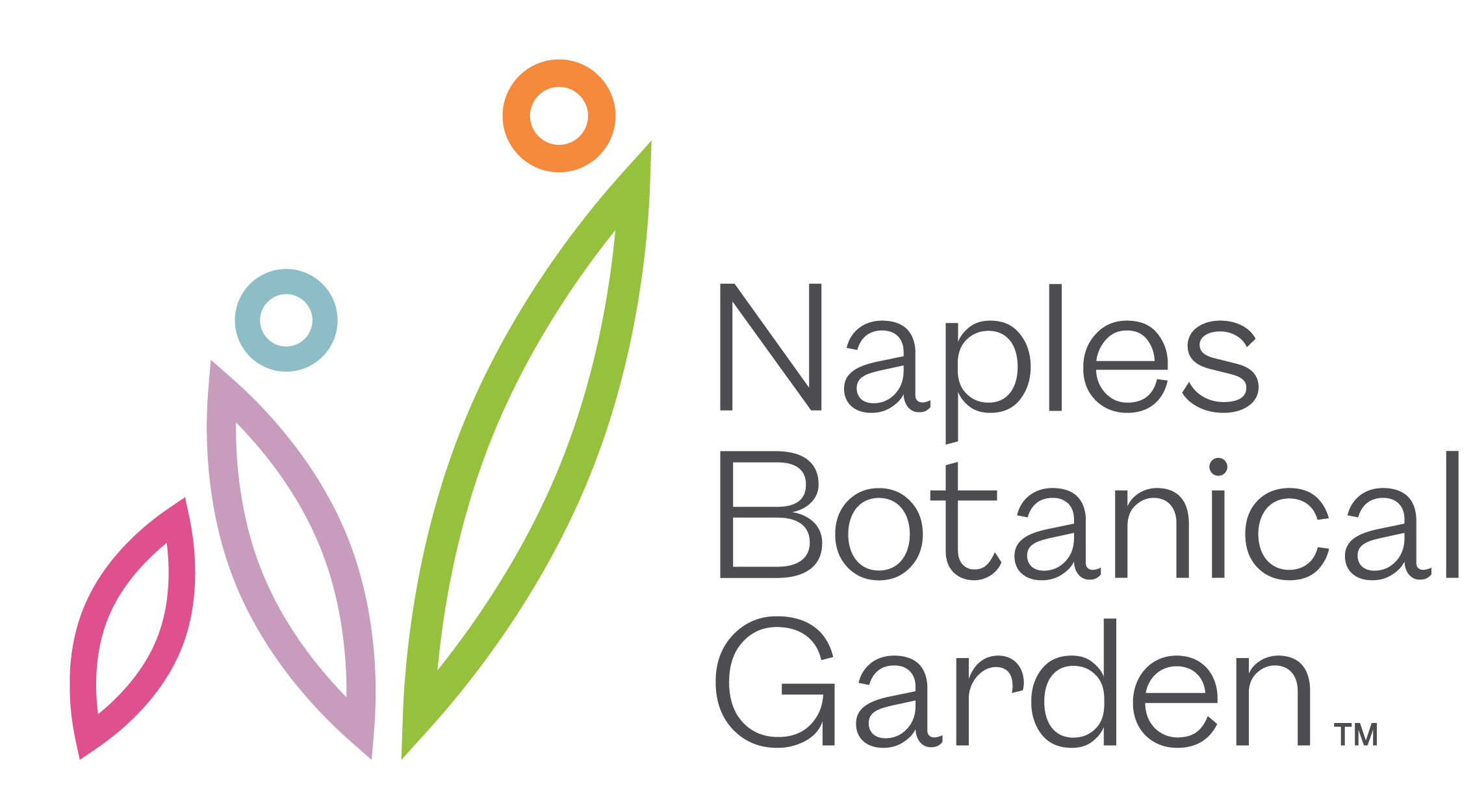So, you have packets of vegetable seeds. Now what? In this lesson, we’ll walk through the steps to planting and sprouting your veggie patch.
The first thing you will need is a container to use as a seed tray. You can purchase seed trays like these…


… or you can repurpose household items. A few options include yogurt containers, K-Cups, or clamshell plastic containers that many berries come in. Just be sure you remove the seedling from the container before transplanting!


With the yogurt and K-Cups, make sure you make holes in the bottoms for drainage.

You could also use items that would be similar to a peat pot, such as cardboard egg cartons and paper towel or toilet paper rolls.

The important thing is to have a container that is food safe, has good drainage, and is around 2 inches in depth to give the seedling room to grow.
The next thing you will need is some soil. Now, you can get a specific seed starting mix, but a potting mix will work as well. The important thing is that the soil is well-draining and sterile. The soil from your garden or backyard may not be ideal for this, even if it is well-draining. You do not want anything in the soil, like diseases, that could hinder seed germination.
Once you’ve added your soil to your container, moisten it. Don’t overwater it to the point where it is muddy. You just want it to be wet throughout. Now, you can plant your seeds. Consult the back of the seed packet to get some helpful information, such as when you can plant it in your area. You can also follow a planting guide such as this one. Also, on the back of the packet you will find the planting depth. If you have don’t have the packet, a good rule of thumb is to plant the seeds at a depth equal to twice their width or diameter (depending on seed shape).

A pencil is a handy tool to make a hole and determine the correct depth. You can measure the point of the pencil ahead of time to denote a quarter or half inch.
Place your seeds in the hole and bury them. Usually, you want to plant two or three seeds per hole because not every seed will germinate. The packet your seeds came in will also let you know approximately how long it will take for them to germinate.
Make sure you label the container with the date and the name of what you planted. This will allow you easily track your seedlings. Finally, place your seed tray in a sunny location. The light isn’t important until the seeds germinate. Once they do, if the sun is out of reach, they will grow toward it, creating stretched out, leggy seedlings that will be weaker than they would be if grown in full light. Remember to keep the planting medium damp while you wait for your seeds to sprout. When the plants emerge, they’ll have their first leaves, called cotyledons, that appear after germination. You will want to wait for true leaves to start growing before you transplant your seedlings to the ground or a larger container.


